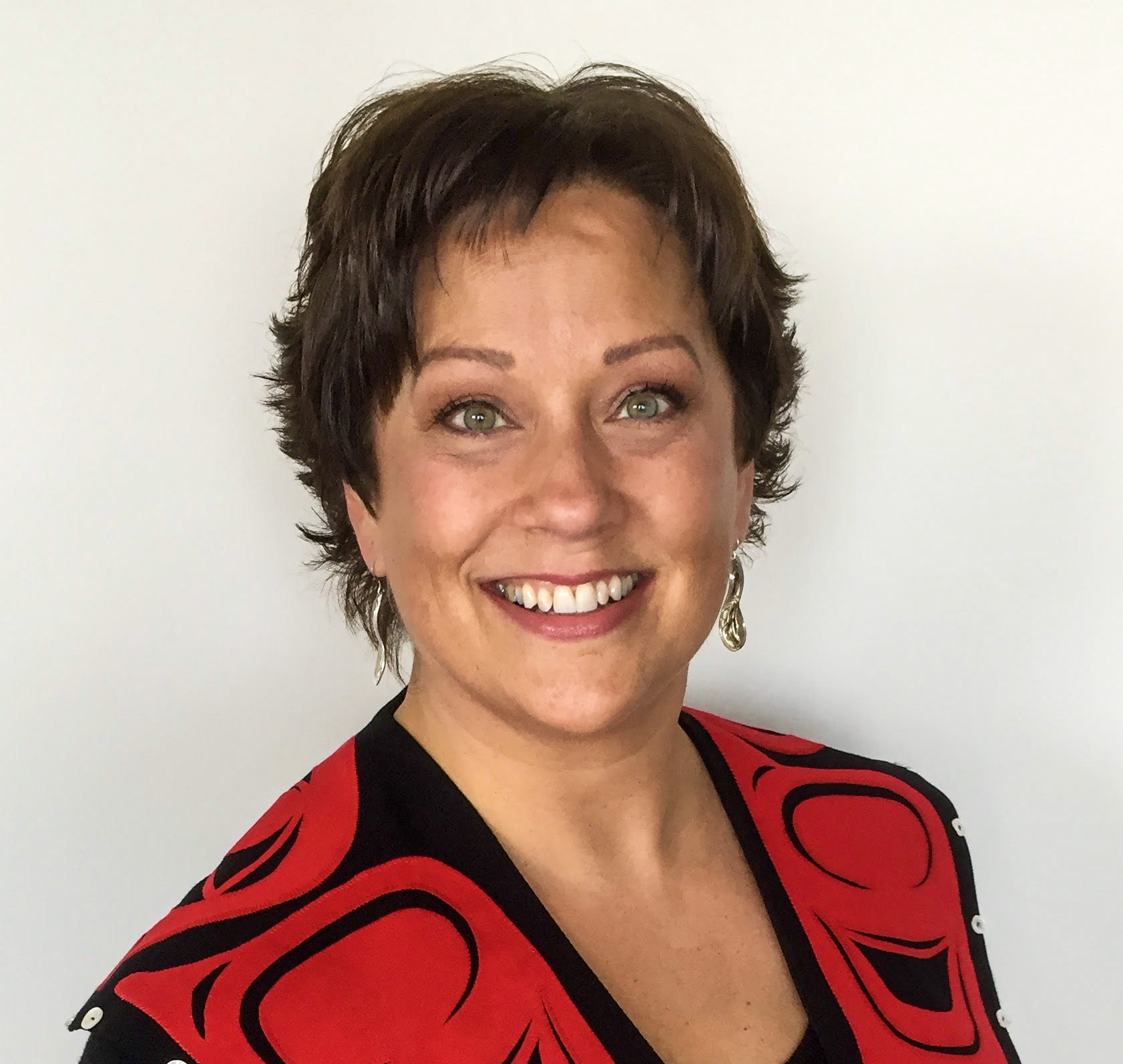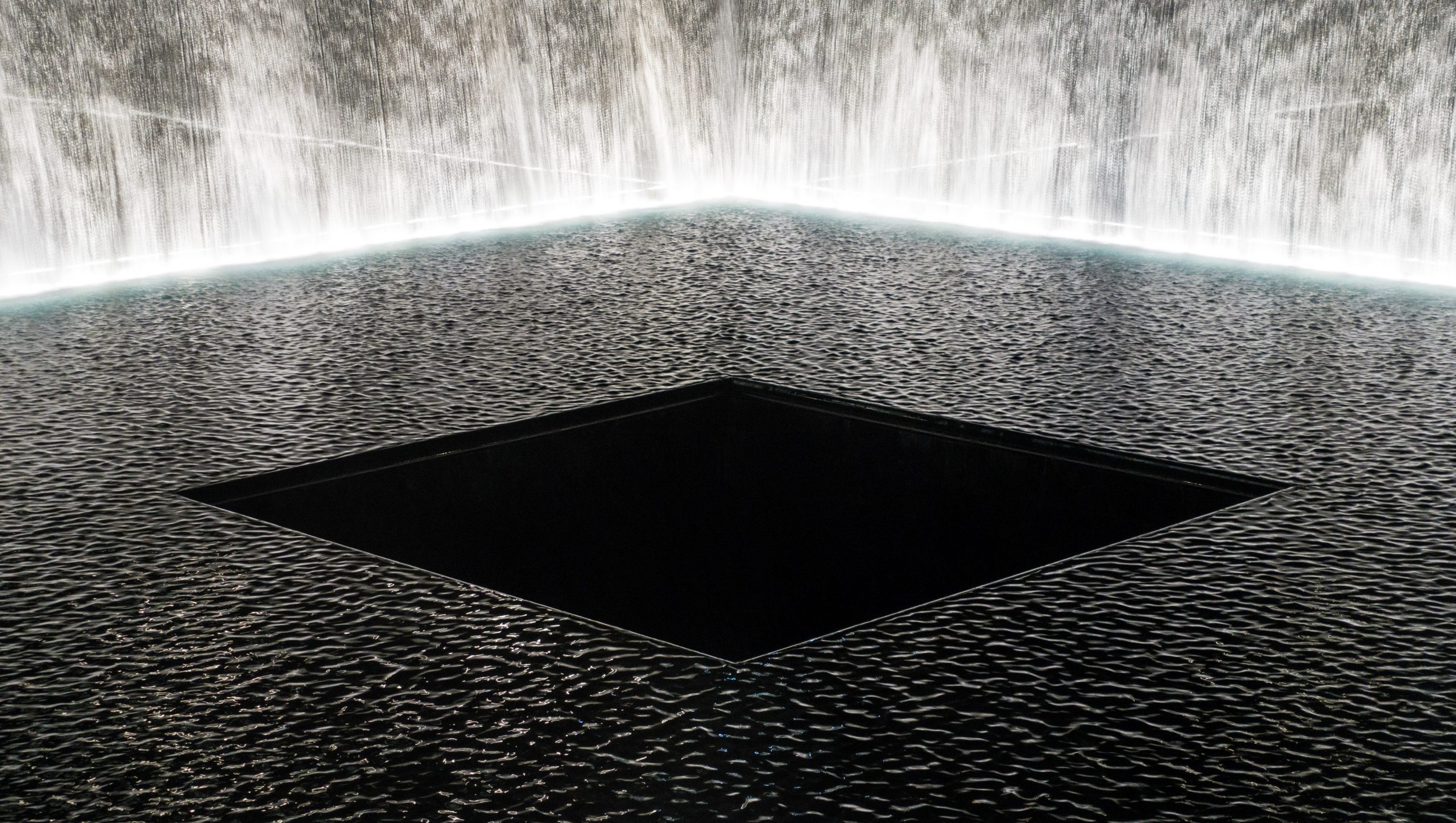Indianz.Com > News > Nicole Hallingstad: An Indigenous remembrance of September 11

New York Native: A 9/11 Indigenous Remembrance
Sunday, September 12, 2021
The feelings I carry about being in New York City on 9/11 run through me, right under my skin, like mercury. This day every year is the magnet that pulls the emotion through my pores, until I’m shiny with the quicksilver of memory. The ripples of remembrance gradually reabsorb and settle back into the hollows of my cells. They will live there forever, in my blood, in my bones, in my heart.
I relive the shock and sorrow of 9/11 on every anniversary. But I also recall the love, compassion, and infinite depths of kindness shared in the months that followed. The intense need to be connected to other people is what I remember the most after twenty years since the Twin Towers fell.
How do we process a traumatic experience like 9/11? It was my indigenous cultural values that helped get me through. Those values include acting toward a communal purpose, respecting others, and knowing that your ancestors walk with you. At a time when I was alone in a city on fire, living three blocks from that smoldering and sacred pile, those principles held me steady.
Indigenous peoples have rich heritages of communalism. You have to work together to survive, everyone has a role to play, and progress is experienced as a community. Success relies on cooperation and is not defined by individual achievement, but by integrated efforts.
In my tribal Tlingit culture, when a family loses a loved one, there are ceremonies that involve all our clans. This practice shows an understanding that mourning can be a heavy burden, so the weight is carried with others. Celebration and sorrow are experienced collectively.

The closer I got to what was already being called Ground Zero, the louder the roars became. I turned onto West Side Highway where emergency vehicles were headed into the rubble. Tens of thousands of New Yorkers lined the street, cheering and clapping for the brave workers on board each truck. The release of this uplifting energy was a physical thing, flowing for miles through the crowd. I dropped to my knees from the kinetic force of it, throat closing in gratitude, sobbing. At least 5 people rushed to see if I was okay and helped me up. Unbelievably, I found my landlady. And thanked my grandmother for sending me to her. We weren’t allowed back into the apartment for 6 weeks while FEMA cleared the buildings of the ubiquitous gray dust that billowed in through the open front window. We were very lucky when so many weren’t. I volunteered at the Red Cross and tried to jumpstart the NYC economy through the sheer volume of Dunkin Donuts I bought. Act toward a communal purpose, respect others, and know that your ancestors walk with you.On this hallowed ground that is the Flight 93 Memorial, we stand together to remember the heroes who made the ultimate sacrifice to save others. We honor their families and recognize the selfless patriotism they demonstrated on that September morning 20 years ago. pic.twitter.com/17UksXCjww
— Secretary Deb Haaland (@SecDebHaaland) September 11, 2021

Nicole Hallingstad is a citizen of the Tlingit and Haida Indian Tribes of Alaska. This remembrance is her own.
Search
Filed Under
Tags
More Headlines
Chuck Hoskin: Cherokee Nation helps heal our communities
Native America Calling: Native skin cancer study prompts new concerns about risk
South Dakota Searchlight: Trump terminations hit Indian Arts and Crafts Board
Native America Calling: Regional improvement in suicide statistics is hopeful sign
List of Indian Country leases marked for termination by DOGE
‘Let’s get ’em all done’: Senate committee moves quickly on Indian Country legislation
AUDIO: Senate Committee on Indian Affairs Business Meeting to consider several bills
VIDEO: Senate Committee on Indian Affairs Business Meeting to consider several bills
Native America Calling: The ongoing push for MMIP action and awareness
‘Blindsided’: Indian Country takes another hit in government efficiency push
Native America Calling: A new wave of resistance against Trans Native relatives
Urban Indian health leaders attend President Trump’s first address to Congress
‘Mr. Secretary, Why are you silent?’: Interior Department cuts impact Indian Country
Cronkite News: Two Spirit Powwow brings community together for celebration
Native America Calling: Native shows and Native content to watch
More Headlines
Native America Calling: Native skin cancer study prompts new concerns about risk
South Dakota Searchlight: Trump terminations hit Indian Arts and Crafts Board
Native America Calling: Regional improvement in suicide statistics is hopeful sign
List of Indian Country leases marked for termination by DOGE
‘Let’s get ’em all done’: Senate committee moves quickly on Indian Country legislation
AUDIO: Senate Committee on Indian Affairs Business Meeting to consider several bills
VIDEO: Senate Committee on Indian Affairs Business Meeting to consider several bills
Native America Calling: The ongoing push for MMIP action and awareness
‘Blindsided’: Indian Country takes another hit in government efficiency push
Native America Calling: A new wave of resistance against Trans Native relatives
Urban Indian health leaders attend President Trump’s first address to Congress
‘Mr. Secretary, Why are you silent?’: Interior Department cuts impact Indian Country
Cronkite News: Two Spirit Powwow brings community together for celebration
Native America Calling: Native shows and Native content to watch
More Headlines